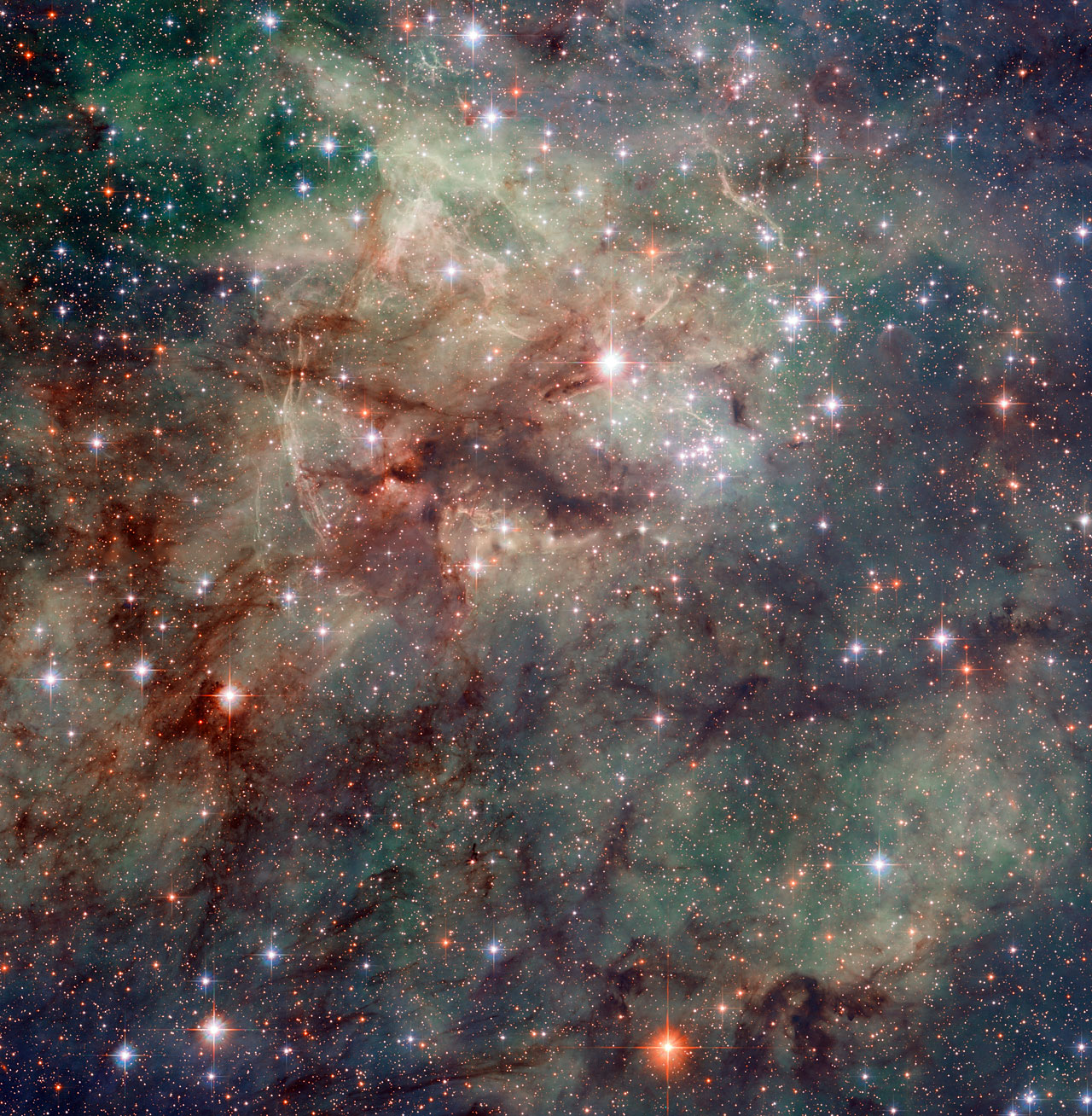Please note: Osher Rainforest will be closed for maintenance May 7-9.
Science News
Lasers, LRO and a Tarantula
March 16, 2011

Lasers
We’ve previously discussed the problem with orbiting space debris here and now NASA scientists are proposing a new solution to reduce the amount of the space junk: lasers.
Ground-based lasers have been considered before for the task, but there’s been some suspicion that the lasers could be used to destroy working satellites of other, perhaps enemy, nations.
These newly proposed ground-based lasers would be much less powerful, and would only be able to nudge space junk off-course to avoid collisions. Collisions create more space debris—when two satellites collided in 2009, they created “1,700 pieces of debris, raising the total amount by nearly 20%,” according to Nature News.
In addition, reports Wired,
As collisions drive up the debris, we’ll hit a point where the amount of trash is growing faster than it can fall out of the sky. The Earth will end up with a permanent junk belt that could make space too dangerous to fly in, a situation now called “Kessler syndrome.”
Many experts agree that while this new idea won’t be a permanent solution, it is a good way to manage the current problem.
LRO
Yesterday, NASA's Lunar Reconnaissance Orbiter (LRO) team released the final set of data from the mission's exploration phase along with the first measurements from its new life as a science satellite.
Included in the data? High-resolution images, mosaics, maps and more! Armchair astronauts can zoom in to full resolution with any of the mosaics—quite a feat considering that each image is 34,748 pixels by 34,748 pixels, or approximately 1.1 gigabytes.
LRO's Diviner Lunar Radiometer Experiment provided new data relating to the moon's surface. These include maps of visual and infrared brightness, temperature, rock abundance, nighttime soil temperature and surface mineralogy.
Additionally, this release includes new maps of far-ultraviolet (FUV) brightness, albedo (the amount of sunlight reflected off of the surface) and water-ice data as well as instrument exposure, illumination and other conditions.
LRO also released a mosaic of the far side of the moon a few days ago. You can see the image, read more and compare it to the facing side on the Bad Astronomy blog in Discover.
A Tarantula
The Hubble Space Telescope released this stunning image of part of the Tarantula Nebula yesterday.
The wispy arms of the Tarantula Nebula were originally thought to resemble spindly spider legs, giving the nebula its unusual name. The part of the nebula visible in this image is criss-crossed with tendrils of dust and gas churned up by recent supernovae—brilliant star-exploding deaths.
Together with dying stars, the Tarantula Nebula is packed with young stars that recently formed from the nebula's supply of hydrogen gas. These toddler-stars shine forth with intense ultraviolet light that ionizes the gas, making it light up red. The light is so intense that although around 170,000 light-years away, outside the Milky Way, the Tarantula Nebula is visible without a telescope.
Wow!
Image: NASA/ESA